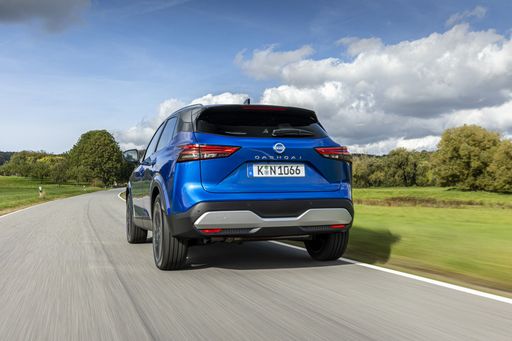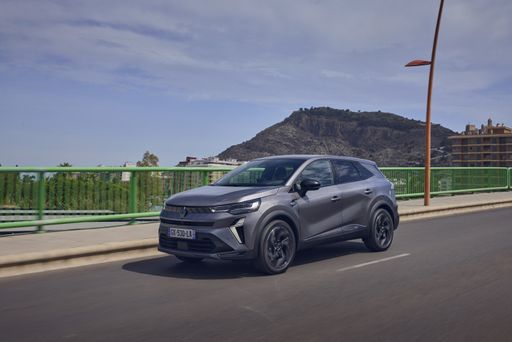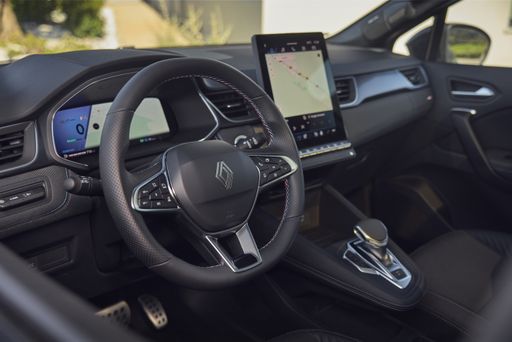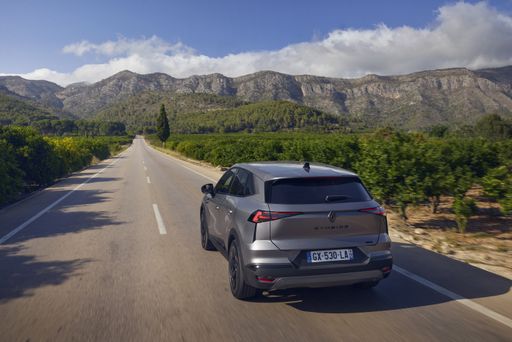Design and Dimensions: Aesthetic Choices
When comparing the Nissan Qashqai and the Renault Symbioz, one of the first things that stand out is their design and dimensions. The Qashqai measures at 4425 mm in length, 1835 mm in width, and stands 1625 mm tall. In contrast, the Symbioz is slightly smaller, with dimensions of 4413 mm in length, 1797 mm in width, and a height of 1575 mm. This difference may appeal to different consumer preferences; the Qashqai leans towards a more robust presence, whereas the Symbioz embodies sleek modernity.








